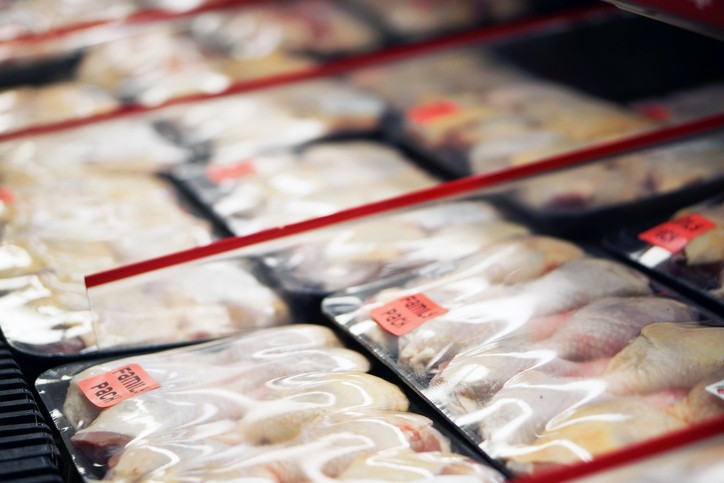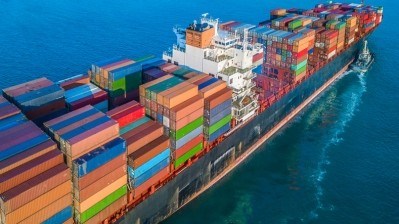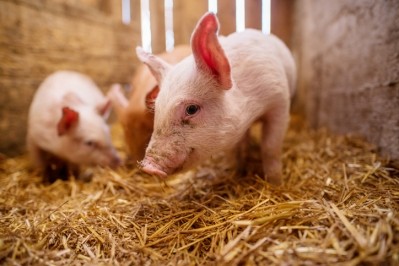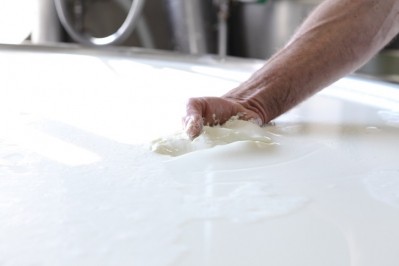Rabobank increasingly optimistic about global poultry market

In recent quarters, the global poultry market has gone through one of the most volatile periods in many years, due to a combination of factors, including trade and disease restrictions, along with the impact of the US-Chinese trade war. Production was at an exceptionally high level in many markets, including the US, the EU, and Thailand, but demand dropped because of a general market slowdown and constraints on access to international markets following trade restrictions. This resulted in a period of falling poultry prices between Q2 and Q4 2018.
It is an industry, though, that can recover fast.
“Poultry is an industry with a relatively short cycle and market conditions change quite quickly compared to beef and pigs where you have longer cycles and less integration meaning less ability to rebalance supply and demand in the market. I am not saying the industry is in very good shape but we see there is a turning point, the outlook is better,” Nan-Dirk Mulder, senior global animal protein analyst, Rabobank International's Food and Agribusiness Advisory and Research, told FeedNavigator.
Market conditions in China are one of the main drivers for this turnaround, he explained.
“The ASF outbreaks will have a big impact on the availability of protein in the Chinese market, due to culling of pigs."
The preferred protein in China is pork, with chicken and beef quite far behind. “People prefer to eat pork but the availability will be limited. We expect, in a best case scenario, a reduction in Chinese pork production of 10% to 20%, which is [massive] as China accounts for some 50% of the world’s pork production.”
China is not the only Asian market concerned, in terms of ASF outbreaks: "Unfortunately, Vietnam has also been hit, providing a big challenge for the coming period, considering these are the two biggest pork markets in Asia."
Poultry will be the primary substitute to fill the hole:
"Culling, stock liquidation in those pig sectors will impact the whole market, and chicken is certainly the best alternative. Certainly, if you look to the price of chicken in both markets, you can see prices increasing; that is particularly evident in China, which has been exposed to ASF since last August. You can expect that pricing trend to [accelerate] in Vietnam as well, with increasing substitution of pork with chicken there too,” continued Mulder.
China will, of course, need imports to help plug the protein gap. European pork producers can profit in this respect. “In terms of other exporters, perhaps, the Brazilian pork sector will also benefit.”
Local chicken production in China will also rise to address the shortage, he predicts. “However, China is very low in grandparent [breeding] stock at the moment. [China had banned the sourcing of grandparent stocks from Europe and the US, due to the threat of AI in those regions, and had relied on New Zealand alone]. Since autumn last year, China has allowed Poland to provide it with grandparent stocks, but it will take some 14 months to build supplies. So this will leave local poultry supply in China tight, the country will need to import chicken products as well.”
The Asian developments could be advantageous for European poultry production also, said Mulder.
However, there are not that many plants in Europe that have been approved to ship poultry products direct to China, he said.
“The European chicken sector is quite a bit behind the European pork sector in terms of access to the Chinese market. They can only benefit from this situation through shipping to China via Hong Kong, the traditional route. Hong Kong then re-exports the products to China.”
Poland to reap the rewards
Poland, the lowest cost chicken producer, is probably best placed currently to leverage this protein shortage in China, he said, as it has the biggest number of plants permitted to export to the Asian behemoth, and has been supplying the breeding stock to China also.
The Polish poultry industry has placed a huge emphasis on China, he said.
“There is a lot more supply from Poland and they need outlets, China is certainly one of them.
“It is incredible how fast the expansion is in Poland in terms of poultry production, with five new plants in the pipeline.”
Poland is accounting for most of the growth in the European poultry sector:
“In Western Europe, it is almost impossible to get permission for new farms, with, perhaps, Belgium the exception in that.”
The low density trend dominates elsewhere in Europe, with NGOs increasing the pressure in markets such as the Netherlands and in Germany, he continued.
European poultry feed, production shifting eastwards
The majors in European chicken production are, as such, looking east in terms of expansion. Feed and labor costs are significantly lower in Eastern Europe, said Mulder.
There are a number of foreign companies active in Poland – 2 Sisters, Plukon, and LDC have been investing in that market, and there is also an increase in live bird trade between Poland and other countries in Europe, he noted.
Poultry production in Hungary and Romania is also growing, and attracting foreign players. he said.
“And the big European feed companies are moving east also, we see a similar trend. De Heus and Cargill have been present in Eastern Europe for many years, but we now see the likes of ForFarmers and Agrifirm [capitalizing] on this growth. They have to follow the moving production streams.”
Indeed, February this year saw the UK's AB Agri acquire a Polish young animal feed operation.
US focused on trade talks
Oversupply is the dominant trend in the US poultry sector currently, with producers finding themselves somewhere above break-even, a trend duplicated in its beef and pork sectors also, said Mulder.
“Of course, the big issue for the US is the trade negotiations with China. There could be a big upside for the US chicken industry, a big export opportunity, depending on how those trade talks go."
Russian ambitions
Local markets are performing better than trade-focused markets. South Africa, Russia, India, and Indonesia have been doing well. “Players active in global trade have been hit by low price levels. But countries that are much more focused on the local market like Indonesia have not been exposed to such global trade challenges. They are in pretty good shape.”
However, Ukraine and Russia are scaling up to become competitors of the traditional poultry exporters, with the re-opening of China for Russian poultry exports a major new decisive factor.
“That trend is something to watch this year.”
Meanwhile, the Brazilian poultry industry keeps recovering after the perfect storm of 2018 due to the discipline shown by producers. Though, Brazil still faces challenges in accessing the key Saudi and EU markets. While its access to China has been secured, there is still some uncertainty in relation to that trade, shows the quarterly report.












